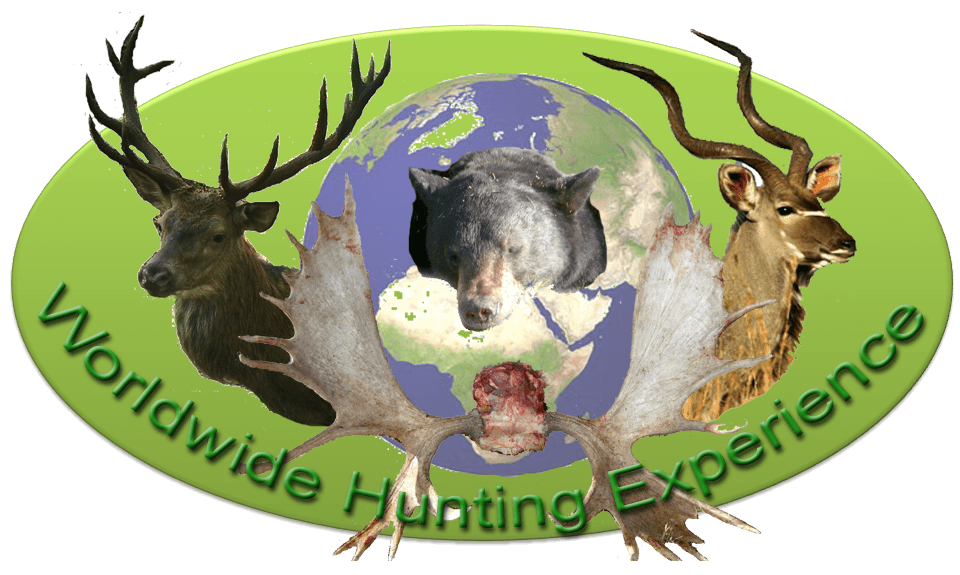PORCUPINE
Physical characteristics and distribution
Body length females: 60 – 90 cm, males: 60 – 90 cm
Weight: 10 – 20 kg
Life expectancy: 12 – 15 years
Distribution: Southern Europe, North and West Africa
Habitat: dry forests, semi-deserts
Species: not endangered
Weight: 10 – 20 kg
Life expectancy: 12 – 15 years
Distribution: Southern Europe, North and West Africa
Habitat: dry forests, semi-deserts
Species: not endangered
Appearance
The ordinary porcupine is one of the biggest representatives of his family. It can reach a body length of up to 90 centimeters. The females are slightly smaller and lighter than the males. The back, upper half of the body is provided with about 30 centimeters long, rigid and about 50 centimeters long, flexible spines. At the neck and shoulders, the pig has a long, bristly mane. The coat is brown to dark brown, the head is small and elongated. The eyes of the porcupine are tiny and the ears slightly rounded. The muzzle is dull. The common porcupine has short legs that end in small feet with soft soles. The tail is short and also provided with spikes.
Reproduction and development
Common porcupines mate from August to March. During this time, young, sexually mature animals are looking for a partner for life – porcupines are monogamous. After successful mating, the female is pregnant for about nine weeks. During this time, the couple build a soft nest of leaves and moss for the offspring. Then the female gives birth to one to four young. Each weighs about three and a half kilograms. The kittens are already born with spiked clothes. However, the spines are still soft and will not fully cure until the next few weeks. The little pigs open their eyes one day after birth. The agile juveniles leave already at the age of one week their cave. At three weeks, they eat solid food. When the little ones are two months old, they are weaned. At the age of one year, they become sexually mature and start looking for a partner.
Lifestyle and behavior
Porcupines are nocturnal rodents. During the day they sleep in sheltered buildings. They usually do this themselves, but occasionally also other animals are taken over. The building is divided into different chambers. The sleeping chamber is the most protected lounge and can be up to two meters underground. Porcupines are very sociable. They spend their whole lives with their partner and are usually in the family, along with their offspring, to be found. Porcupines are noisy animals that go in search of food in the dark, grunting and puffing.
Sensory abilities
The eyes of the porcupine are very small, and their eyesight is accordingly poorly trained. The pig is mainly based on his good sense of smell, but also the hearing is well developed and helps with orientation and foragin
Feeding
The common porcupine feeds mainly on plants. It eats roots and tubers as well as fruits of trees and shrubs if it can reach them. If it lives near areas that are used for agriculture, the porcupine also likes to eat potatoes, corn or melons. In between, it also eats frogs, insects or other small animals. Bones also like to be gnawed; They provide important minerals and promote the wear of the teeth.
Hunting style, equipment and countries
Porcupines are mainly hunted in South Africa and Namibia, even if they have more spreads in Europe and America. The hunt for porcupines is usually at the Ansitz or as a coincidence in the stalking.
Hunting trip Countries
IF YOU HAVE ANY QUESTIONS OR ARE INTERESTED IN A MEDIATION OFFER FOR HUNTING TRIPS, PLEASE CONTACT US VIA EMAIL OR CONTACT FORM.
All offered trips are arranged by us and carried out by our partners as organizers.
